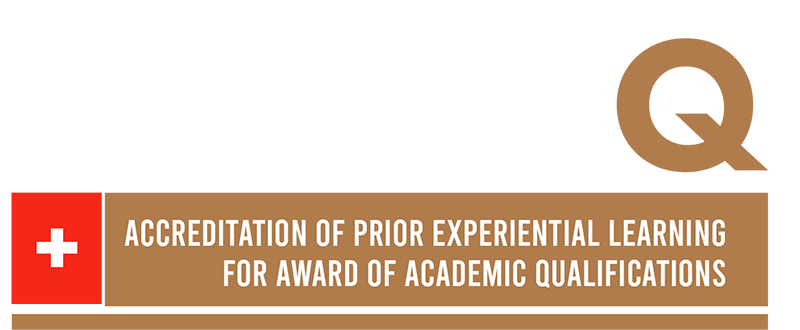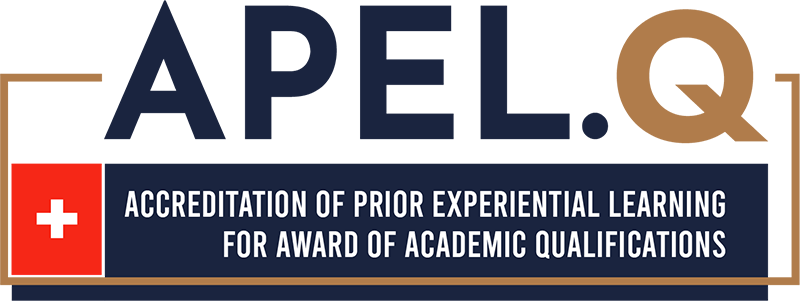Table of Contents
ToggleThe Importance of Self-Assessment in Lifelong Learning
Self-assessment is a powerful tool for personal growth, development, and learning. It involves taking a step back from your daily routine to examine your thoughts, behaviours, and experiences. Furthermore, this is an essential skill for lifelong learners committed to continuous personal and professional development in various prospects.
Yet, how does this skill impact the learners, especially in lifelong learning circumstances? In this article, we will explore the benefits of self-reflection for lifelong learners, discuss how to conduct self-assessment and provide tips on setting goals and creating a personalized learning plan.
Introduction to Lifelong Learning and Self-Assessment
Lifelong learning is the ongoing process of acquiring knowledge, skills, and competencies throughout life. It involves a commitment to personal and professional growth, development, and improvement. The process is not only encapsulated in the school background; it is also a process of learning from life and different experience to draw practical knowledge.
Learning in the lifelong learning process is not around right or wrong; it is more related to learners feeling what they have learned, whether it is enough or not, and whether the knowledge is appropriate or not.

Currently, educational environments are encouraging students to study in a long-term process, as it can stimulate the ability to explore and improve themselves daily. Lifelong learners understand that learning is a continuous process that requires dedication, curiosity, and a growth mindset.
Consequently, self-assessment is an essential component of lifelong learning. It allows individuals to examine their experiences, thoughts, and actions to identify areas for improvement and growth. It also helps individuals to develop self-awareness, which is the foundation for personal and professional development. By reflecting on learners’ experiences, they can identify their strengths and weaknesses, set goals, and create a personalized learning plan.
The Benefits of Self-Assessment for Lifelong Learners
Self-assessment offers many benefits for lifelong learners. Not only does it advance their career prospect, but they also help learners in improvements in skill sets and mindset respectively.
First, it helps individuals to develop self-awareness. Self-awareness is the ability to understand one’s thoughts, emotions, and behaviours. It is a critical skill for personal and professional development because it allows individuals to recognize their strengths and weaknesses and identify areas for improvement. In realising their personal status, learners would study online courses or self practising for better enhancement.
Second, self-assessment helps individuals identify their values and beliefs. By examining their experience and thoughts, lifelong learners can better understand what is essential to them and what motivates them. This knowledge can help individuals make better decisions and set meaningful goals.
Finally, this skill helps individuals to develop a growth mindset. A growth mindset is a belief that one’s abilities and intelligence can be acquired through dedication and hard work. Lifelong learners with a growth mindset are more likely to embrace challenges, persist in the face of obstacles, and achieve their goals.

How to Effectively Conduct Self-Assessment
Self-assessment is the process of examining one’s experiences, thoughts, and actions to identify areas for improvement and growth. Here are some steps for conducting a self-assessment:
Step 1: Identify Your Strengths and Weaknesses
The first step in self-assessment is to identify your strengths and weaknesses. Start by reflecting on your experience and thinking about what you do well and what you struggle with. Consider the feedback you have received from others and any performance evaluations you have received.
Step 2: Set Goals for Lifelong Learning
Once you have identified your strengths and weaknesses, set goals for lifelong learning, your goals should be specific, measurable, achievable, relevant, and time-bound. For example, if you want to improve your communication skills, your goal might be to attend a public speaking course and practice your skills by delivering presentations at work.
Step 3: Create a Personalized Learning Plan
After setting goals, create a personalized learning plan. Your plan should include specific actions you will take to achieve your goals, such as attending courses, reading books, or practising skills. Your plan should also include timelines and milestones to help you track your progress.
Tools and Resources for Self-Assessment
There are many tools and resources available to help lifelong learners with self-assessment. Here are some examples:
Journaling
Journaling is a powerful tool for self-assessment. By writing down your thoughts and experiences, you can gain clarity and insight into your emotions and behaviours. Journaling can also help you identify patterns and themes in your life that may impact your personal and professional growth.
Feedback
Feedback from others is another valuable tool for self-assessment. Seek feedback from colleagues, mentors, and coaches to gain a different perspective on your strengths and weaknesses. Use this feedback to identify areas for improvement and growth.
Online Courses and Workshops
Online courses and workshops can provide valuable learning opportunities for lifelong learners. They can help you develop new skills, deepen your knowledge, and gain insights into different perspectives and approaches.
Overcoming Challenges in Self-Assessment
Self-assessment can be challenging for some people. Here are some tips for overcoming common challenges:
Lack of Time
Many people struggle to find time for self-assessment. To overcome this challenge, schedule time for reflection in your daily routine. Set aside a few minutes daily to reflect on your experiences and goals.
Fear of Self-Examination
Some people may be afraid to examine their thoughts, emotions, and behaviours. To overcome this fear, start small. Reflect on a simple experience or interaction and gradually work up to more significant issues.
Lack of Direction
Some people may not know where to start with self-assessment. To overcome this challenge, use tools and resources such as journaling prompts or feedback from others to guide your reflection.
Implementing Self-Reflection in Your Daily Routine
To reap the benefits of self-assessment, it is essential to make it a part of your daily routine.

Here are some tips for implementing self-assessment in your daily routine:
Schedule Time for Reflection
Set aside a few minutes each day for reflection. Use this time to think about your experiences, identify areas for improvement, and set goals.
Seek Feedback
Regularly seek feedback from others to gain a different perspective on your strengths and weaknesses. Use this feedback to inform your self-reflection and personal and professional growth.
Conclusion
Self-reflection is a powerful tool for personal and professional development. It allows lifelong learners to develop self-awareness, identify their values and beliefs, and set meaningful goals.
By implementing self-assessment in their daily routine and using tools and resources such as journaling and feedback, lifelong learners can achieve their goals and continue to grow and develop throughout their lives.
You can connect with us through these links for a free consultancy with APEL.Q and registration.


